Hamidreza Zarrabi
Gland Segmentation in Histopathology Images Using Deep Networks and Handcrafted Features
Aug 31, 2019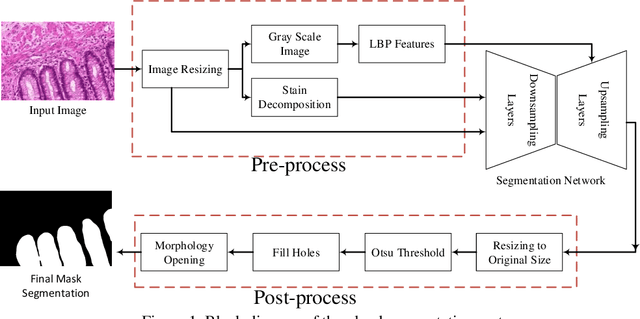
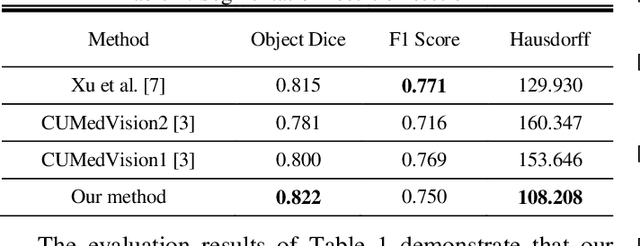

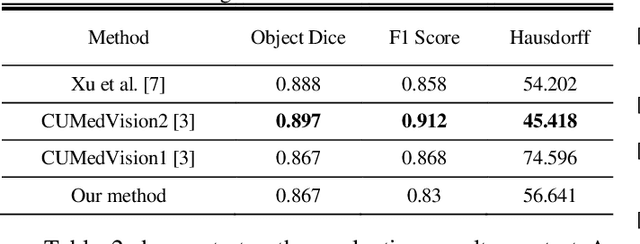
Abstract:Histopathology images contain essential information for medical diagnosis and prognosis of cancerous disease. Segmentation of glands in histopathology images is a primary step for analysis and diagnosis of an unhealthy patient. Due to the widespread application and the great success of deep neural networks in intelligent medical diagnosis and histopathology, we propose a modified version of LinkNet for gland segmentation and recognition of malignant cases. We show that using specific handcrafted features such as invariant local binary pattern drastically improves the system performance. The experimental results demonstrate the competency of the proposed system against state-of-the-art methods. We achieved the best results in testing on section B images of the Warwick-QU dataset and obtained comparable results on section A images.
Brain Tumor Segmentation Using Deep Learning by Type Specific Sorting of Images
Sep 20, 2018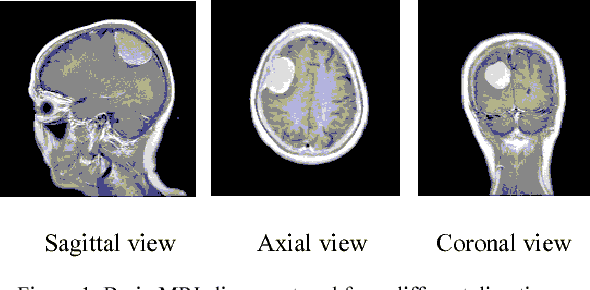
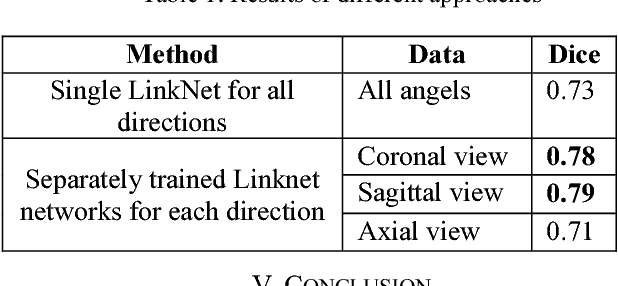

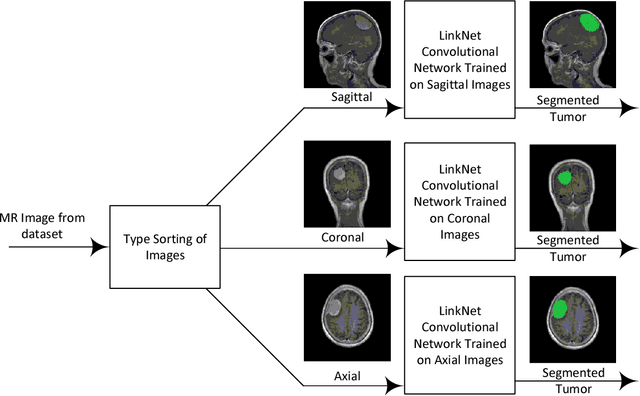
Abstract:Recently deep learning has been playing a major role in the field of computer vision. One of its applications is the reduction of human judgment in the diagnosis of diseases. Especially, brain tumor diagnosis requires high accuracy, where minute errors in judgment may lead to disaster. For this reason, brain tumor segmentation is an important challenge for medical purposes. Currently several methods exist for tumor segmentation but they all lack high accuracy. Here we present a solution for brain tumor segmenting by using deep learning. In this work, we studied different angles of brain MR images and applied different networks for segmentation. The effect of using separate networks for segmentation of MR images is evaluated by comparing the results with a single network. Experimental evaluations of the networks show that Dice score of 0.73 is achieved for a single network and 0.79 in obtained for multiple networks.
Reversible Image Watermarking for Health Informatics Systems Using Distortion Compensation in Wavelet Domain
Feb 21, 2018



Abstract:Reversible image watermarking guaranties restoration of both original cover and watermark logo from the watermarked image. Capacity and distortion of the image under reversible watermarking are two important parameters. In this study a reversible watermarking is investigated with focusing on increasing the embedding capacity and reducing the distortion in medical images. Integer wavelet transform is used for embedding where in each iteration, one watermark bit is embedded in one transform coefficient. We devise a novel approach that when a coefficient is modified in an iteration, the produced distortion is compensated in the next iteration. This distortion compensation method would result in low distortion rate. The proposed method is tested on four types of medical images including MRI of brain, cardiac MRI, MRI of breast, and intestinal polyp images. Using a one-level wavelet transform, maximum capacity of 1.5 BPP is obtained. Experimental results demonstrate that the proposed method is superior to the state-of-the-art works in terms of capacity and distortion.
 Add to Chrome
Add to Chrome Add to Firefox
Add to Firefox Add to Edge
Add to Edge